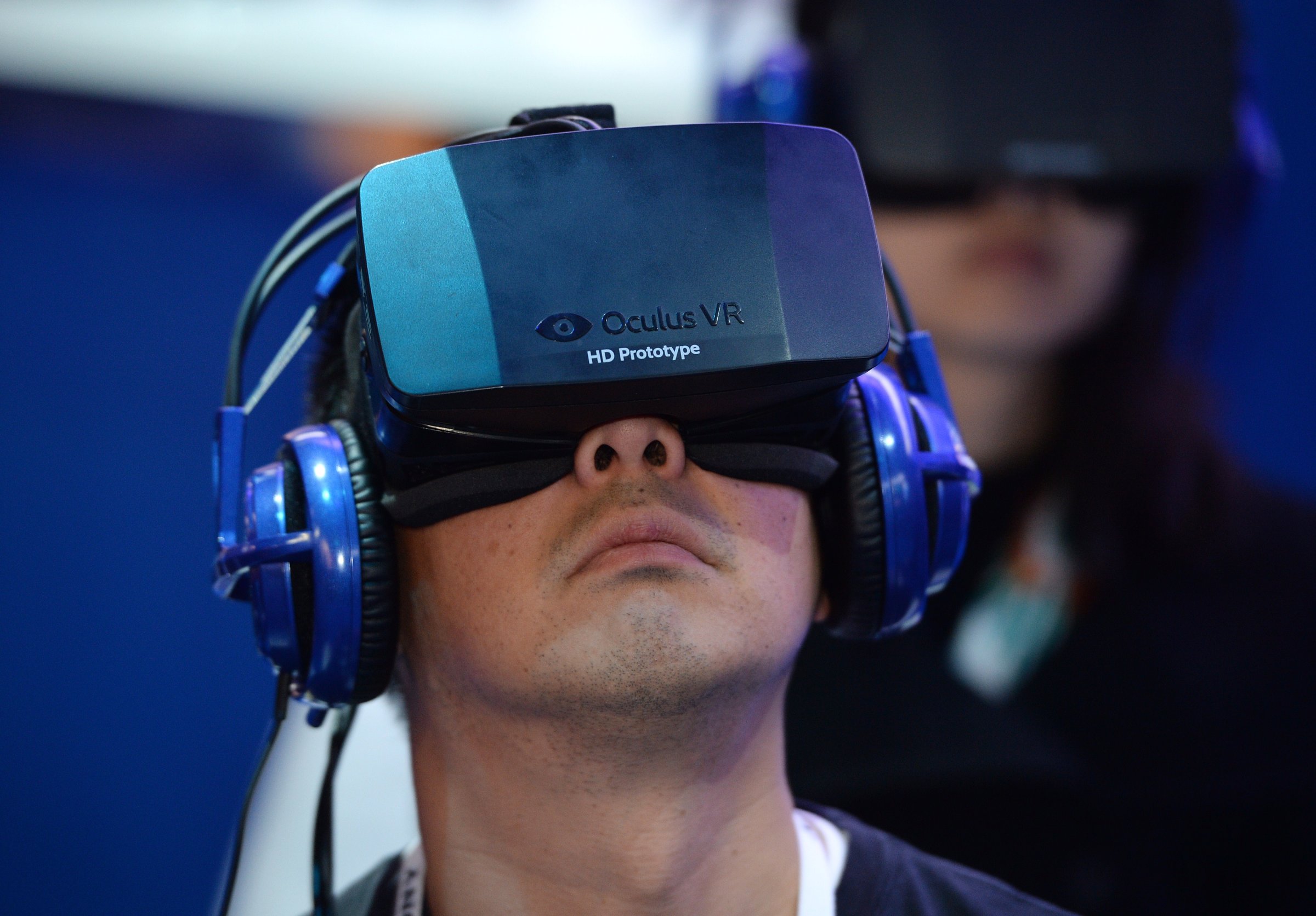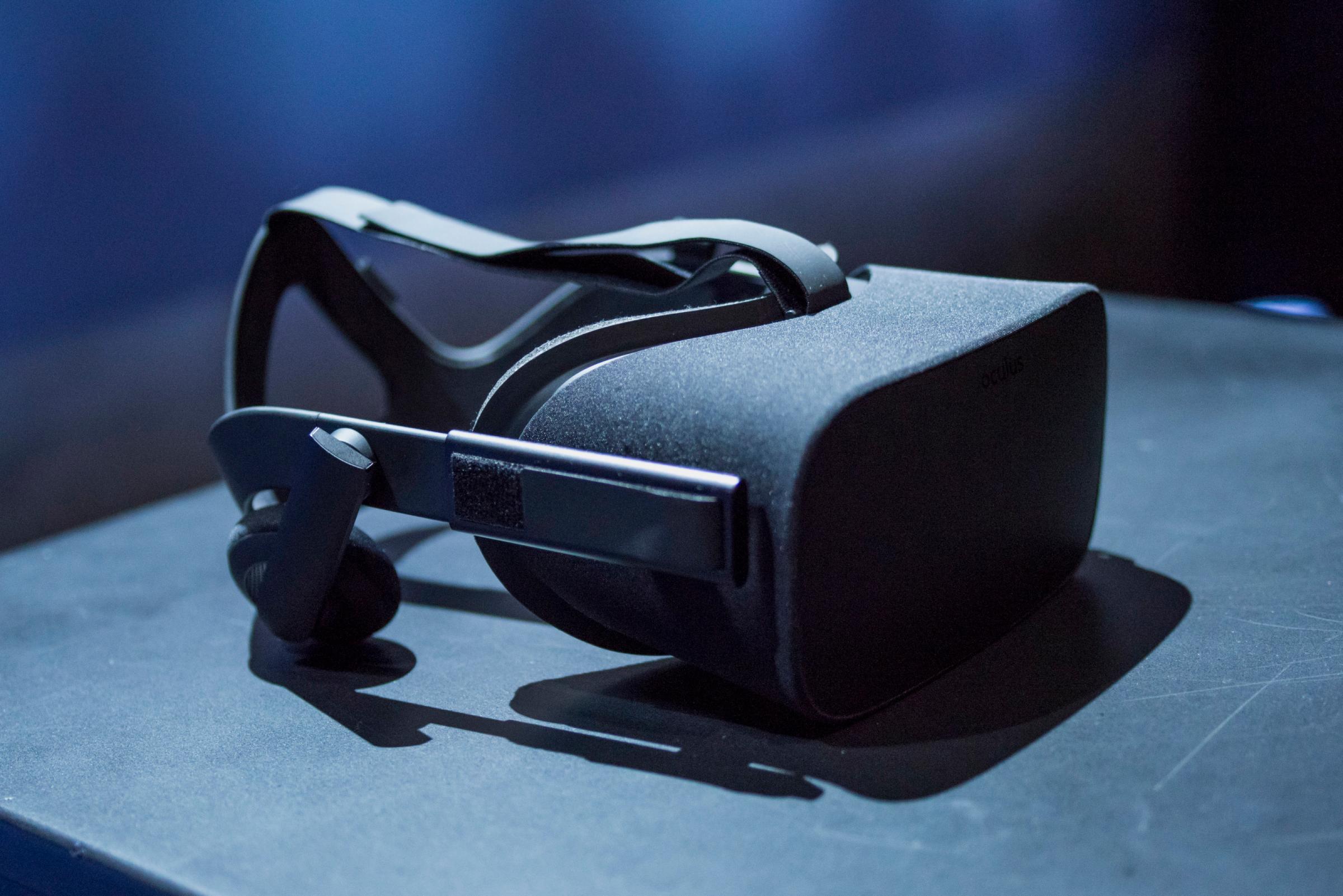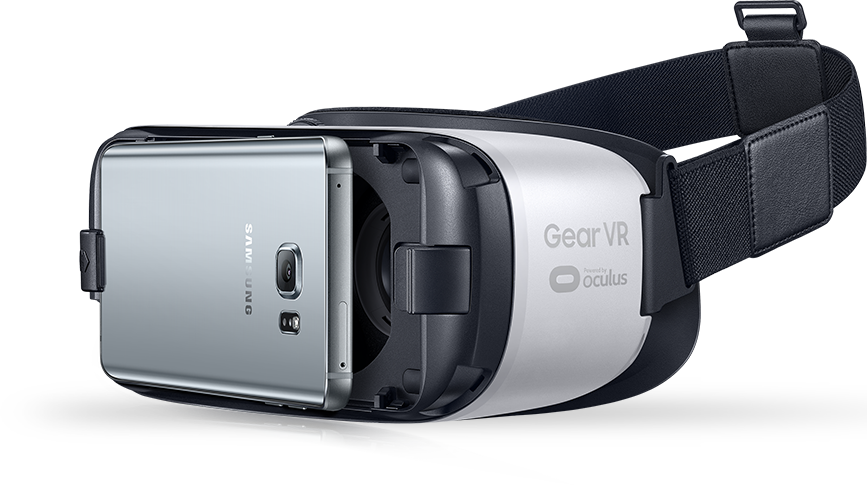
Virtual reality (VR) is far from a new concept — the term was coined in 1987 by computer scientist Jaron Lanier. But the technology hit a critical milestone this year, as high-end VR gadgets are now widely available to the masses for the first time.
The Facebook-owned Oculus VR’s Rift headset began shipping on March 28, after first appearing as a Kickstarter project in 2012. HTC’s Vive headset launched on April 5. Samsung’s Gear VR goggles, based on the same software as the Rift, was released in November.
Read more: Google’s New Head of Virtual Reality on What They’re Planning Next
Each of these devices enable experiences that are some mixture of immersive, strange and awkward. And each has advantages and drawbacks. The more expensive models offer better experiences, but their cost keeps them out of most consumers’ range.
Thinking about buying a virtual reality headset? Here’s a look at how the Rift, Vive and Gear VR compare.
Oculus Rift

Read more: Review: Oculus Rift is Expensive, Complicated, and Totally Wonderful
The Oculus Rift offers a premium virtual reality headset, delivering vivid graphics and smooth gameplay with no lag. When combined with the headset’s sensors that track your movement, the Rift’s stunning visuals trick your mind into thinking you’re taking part in all types of adventures, from soaring through the sky to greeting aliens on distant worlds.
But the Rift has its drawbacks. It needs to be tethered to a high-end, expensive gaming computer, and that cord can get in the way. Additionally, interacting with objects in the Rift’s virtual space means using a gaming controller. There were many instances in which I wanted to reach out and touch what I was seeing in the Rift, but that’s not possible yet. Oculus’ Touch controllers will help address this concern when they ship later this year. For now, most Rift games are designed to be played while sitting down, while HTC’s Vive offers more motion-based activities.
HTC Vive

Where the Rift leaves users stuck in a seat, HTC’s Vive is one step closer to Star Trek’s Holodeck. Two innovations — the Vive’s motion-tracking base stations and its special controllers — enable wearers to explore virtual worlds by physically walking around and “touching” objects.
The two base stations, which look like tiny black cubes, must be mounted in spots overlooking the player’s area. Then, they cast invisible lasers detected by the Vive’s hardware that help its software track players’ movement. The controllers, meanwhile, let wearers use natural-feeling gestures to pick up or manipulate objects in games and other experiences. The controllers transform into everything from a golf club to a magic staff to a paint brush.
Like the Rift, the Vive is powered by a high-end, expensive gaming PC. That helps it provide smooth and gorgeous graphics. But that means it, too, has a cord that can get in the way. And that’s a bigger problem with the Vive, given all the moving around you’ll want to do. The Vive is also the most expensive virtual reality headset on the market, and it requires the most effort to set up.
Watch This Super-Talented Eighth Grader Paint Using the HTC Vive:
Samsung Gear VR

Read more: Samsung Gear VR Review: A Very Exciting Glimpse into the Future
Samsung’s Gear VR provides a milder yet enjoyable virtual reality experience at a much more affordable price. While the Rift and Vive require expensive gaming PCs, the Gear VR draws its power from a Samsung smartphone. This makes the experience more convenient — just snap in your phone and it’ll automatically start running virtual reality software. The lack of a cord also means you’re free to look around without worrying about getting tangled up.
But the Gear VR’s reliance on a smartphone rather than a high-performance PC means a less refined overall experience. The Gear VR can be laggy, and it doesn’t track your body’s movement in the digital space. The Rift and Vive, by comparison, create far more immersive virtual worlds. It’s comparable to the difference between playing a smartphone game and playing the latest PlayStation 4 or Xbox One title.
Samsung’s headset is a winner in its own right, however. There’s a giant library of content, it’s more convenient to use, and it’s a whole lot cheaper. Those factors make it a solid choice, especially for those who already have a Samsung phone. It’s a great entryway into virtual reality, but those who get hooked will likely find themselves wanting to upgrade quickly.
More Must-Reads from TIME
- Cybersecurity Experts Are Sounding the Alarm on DOGE
- Meet the 2025 Women of the Year
- The Harsh Truth About Disability Inclusion
- Why Do More Young Adults Have Cancer?
- Colman Domingo Leads With Radical Love
- How to Get Better at Doing Things Alone
- Michelle Zauner Stares Down the Darkness
Contact us at letters@time.com